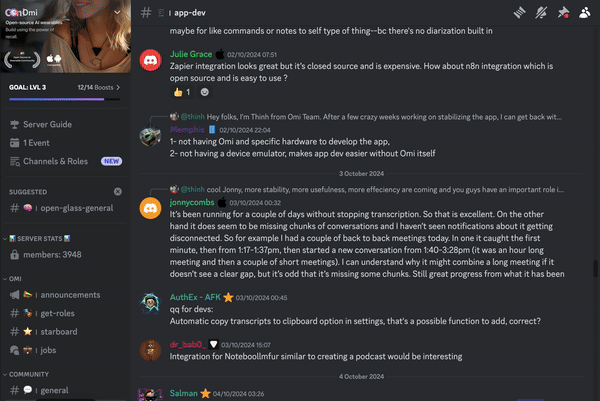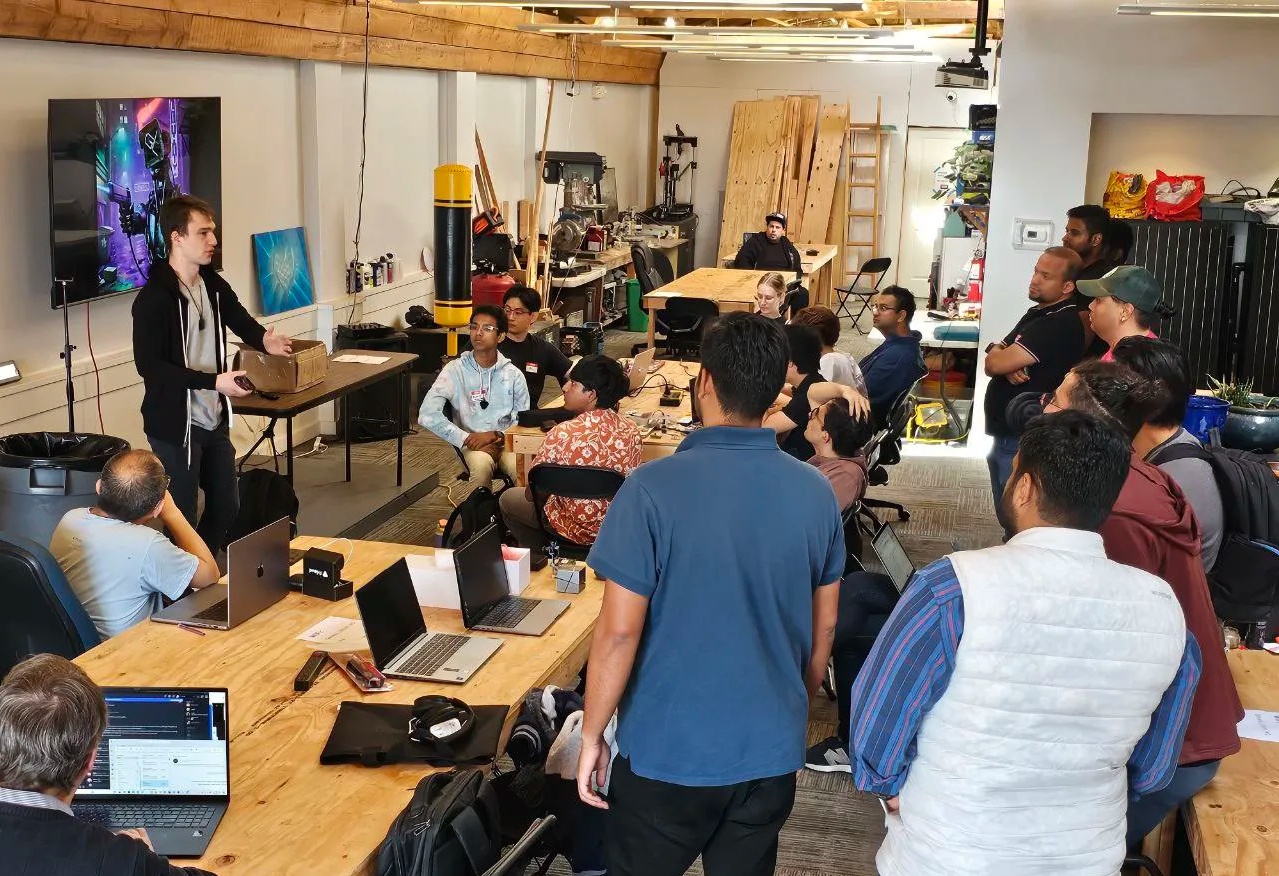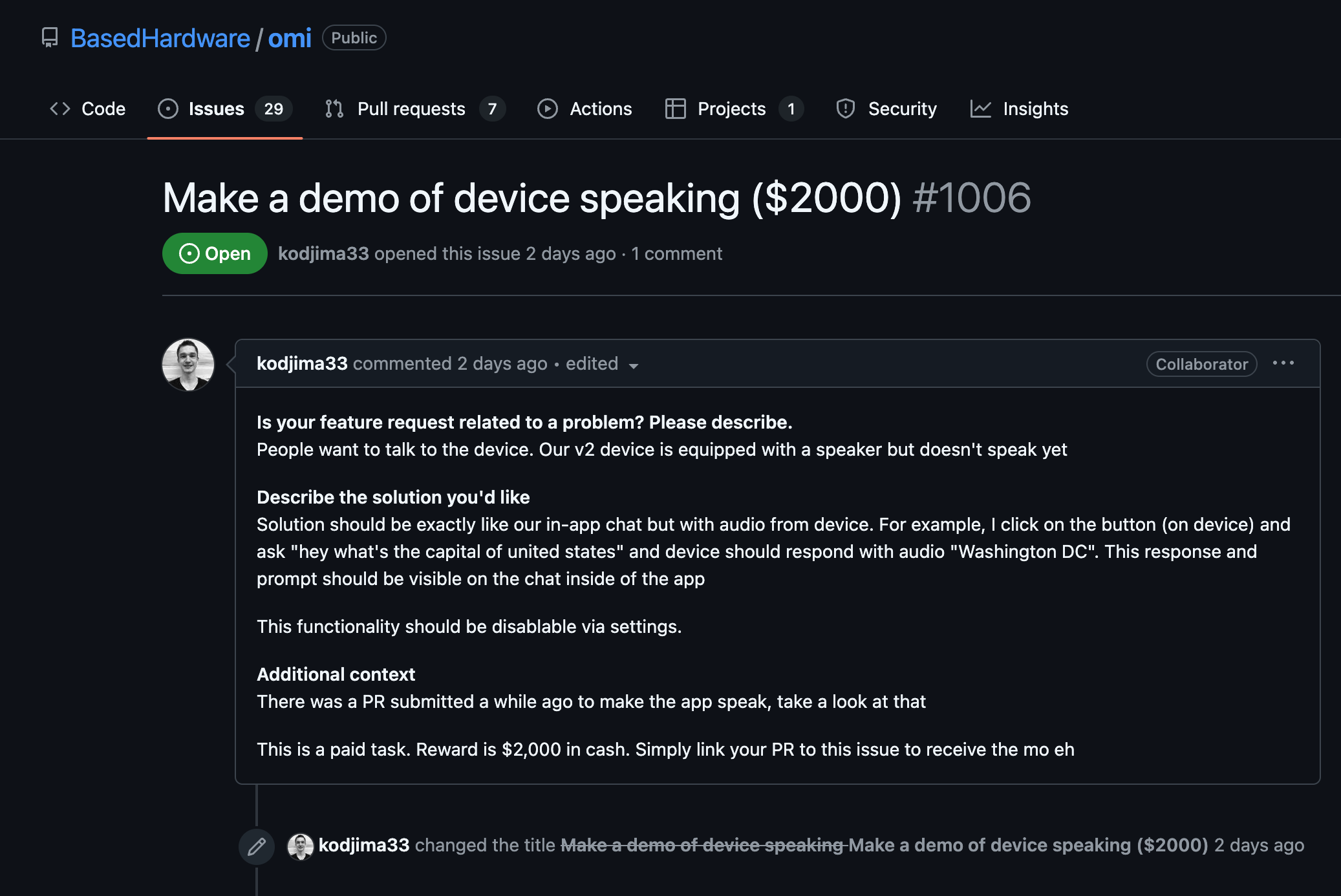Connect to the Binance API
- To interact with the Binance API in Java, you'll need to use a Java HTTP client library. One popular choice is OkHttp because of its simplicity and efficiency.
- You’ll also need a library to handle JSON data since Binance API responses are in JSON. Gson is a great option for this purpose.
import okhttp3.OkHttpClient;
import okhttp3.Request;
import okhttp3.Response;
public class BinanceConnector {
private static final String BASE_URL = "https://api.binance.com";
private OkHttpClient client;
public BinanceConnector() {
client = new OkHttpClient();
}
public String sendRequest(String endpoint) throws Exception {
Request request = new Request.Builder()
.url(BASE_URL + endpoint)
.build();
try (Response response = client.newCall(request).execute()) {
if (!response.isSuccessful()) throw new IOException("Unexpected code " + response);
return response.body().string();
}
}
}
Fetch Public Data
- Public data can be accessed directly without authentication. For instance, market ticker data is publicly accessible.
- The Binance API endpoint for fetching the latest price for all symbols is `/api/v3/ticker/price`.
public class BinanceMarketData {
public static void main(String[] args) {
BinanceConnector binance = new BinanceConnector();
try {
String response = binance.sendRequest("/api/v3/ticker/price");
System.out.println(response);
} catch (Exception e) {
e.printStackTrace();
}
}
}
Parse JSON Data
- Once you receive the response from the API, the next step is parsing the JSON data. Using Gson, you can deserialize JSON into Java objects.
- Create a class that maps the structure of the JSON data.
import com.google.gson.Gson;
class TickerPrice {
public String symbol;
public String price;
}
public class BinanceDataParser {
private Gson gson = new Gson();
public TickerPrice[] parsePrices(String json) {
return gson.fromJson(json, TickerPrice[].class);
}
}
Utilize Parsed Data
- After parsing the data, you can manipulate it according to your needs. For example, printing the symbol and price of each ticker:
public class BinanceMarketData {
public static void main(String[] args) {
BinanceConnector binance = new BinanceConnector();
BinanceDataParser parser = new BinanceDataParser();
try {
String response = binance.sendRequest("/api/v3/ticker/price");
TickerPrice[] prices = parser.parsePrices(response);
for (TickerPrice price : prices) {
System.out.printf("Symbol: %s, Price: %s%n", price.symbol, price.price);
}
} catch (Exception e) {
e.printStackTrace();
}
}
}
Handle Rate Limits
- Binance imposes limits on the number of API requests you can make. Ensure your implementation respects these limits by including delay logic where necessary.
- Consider exponential backoff in case of rate limit errors to avoid getting banned.
// Example of simple delay logic
private void handleRateLimit() {
try {
// Sleep for 1 second between requests to avoid hitting rate limits
Thread.sleep(1000);
} catch (InterruptedException e) {
e.printStackTrace();
}
}
Implement Error Handling
- Add error handling to account for scenarios like network failures or unexpected data responses.
- Implement retry logic in case of transient network issues.
public String safeSendRequest(String endpoint) {
int retryCount = 0;
while (retryCount < 3) {
try {
return sendRequest(endpoint);
} catch (IOException e) {
retryCount++;
System.out.println("Retrying request, attempt: " + retryCount);
handleRateLimit();
}
}
return null;
}























